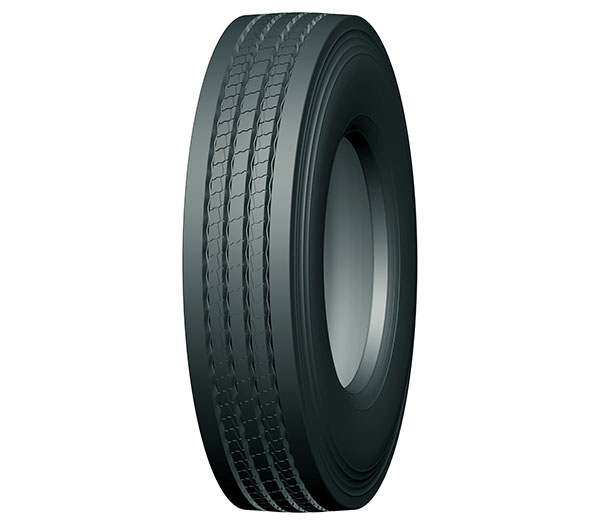In winter, the weather is cold, shrinking, and heating up, so the air pressure in winter should be increased appropriately. Generally, the tire pressure of a car in winter is 2.5 to 2.8 kg.
In order to ensure safe driving, when the temperature drops, you must remember to check the tires carefully, often clean up the inclusions in the tire pattern, try to avoid using tires that have been repaired more than once, and replace tires with larger wear and different brands and patterns. In addition, having good driving habits can also reduce tire wear. For example, when driving, avoid excessive starting, sudden steering, emergency braking, high-speed driving in poor road conditions, frequent up and down road edges, and tire scratches when parking.
People walk on their legs, and cars rely on four wheels. Tires are abnormal like human legs. Difficulties will inevitably occur when moving forward. This will not only bring inconvenience to travel but also in cold or rainy and snowy weather. Prone to accidents.
"Winter is a season of great damage to tires." Auto manufacturers usually assemble vehicle tires with all-weather tires. Their performance compromises the characteristics of summer tires and winter tires. Therefore, when driving in winter, the tire pressure and maintenance of Special attention should be paid to avoid accidents caused by use. The tire pressure on icy and snowy roads should not be too high. Due to the low temperature in winter, the tire pressure will also decrease due to thermal expansion and contraction. At this time, if the tire pressure is inappropriately increased, it will not only increase the fuel consumption of the car, but also accelerate the tires. Wear. However, the tire pressure should not be too high, otherwise, the friction between the tire and the ground will be greatly reduced, and the braking performance will be weakened. In addition to the manufacturer's standards, the winter tire pressure should also be increased or decreased effectively in conjunction with the road surface.
The Auto Parts Trade Fair reminds you: if the road is icy and slippery, the tire pressure should not be too high. Although it can reduce wear, high tire pressure will affect the adhesion of the tire. In order to increase the adhesion of the tire, it is necessary to appropriately reduce the tire pressure. When will it increase? When will it be reduced? This depends on the road conditions. If there is snow and icing on the road today, the tire pressure must be appropriately reduced to increase ground friction, otherwise, it will affect the braking performance of the tire. Frequently clean up tyre patterns and sundries "Seven points for nourishment, three points for repair" This is a car secret that every car owner should keep in mind.

China car wheel expo believes that it is best for car owners to clean up the inclusions in the tire pattern frequently. Hard and hard debris will inevitably remain in the tire pattern and cause the tire to crack or flatten. When a car is driving, the tire pattern will inevitably be mixed with foreign matter such as gravel. If it is not removed in time, some of it will fall off by itself, but a considerable part will become more and more "stubborn" and get stuck. The pattern is sinking deeper and deeper. When the tire is worn to a certain degree, these small stones will even pierce the carcass, causing the tire to leak or even blow. In addition, car owners must pay special attention when parking the vehicle to prevent the valve from contacting external hard objects and causing damage to the tires.
Loss of air is the culprit of flat tires. Most of the common causes of flat tires in winter are caused by flat tires. This is also one of the most overlooked causes of flat tires. Now family cars are equipped with radial vacuum tires when they leave the factory. Even if the tires are accidentally punctured, the gas in the tires will not be exhausted in a short time. However, when the air pressure drops to a certain level, the deformation on both sides of the tread will increase. Once the tread pattern is excessively worn, the carcass will eventually be distorted due to the inability to withstand the excessive pressure, and finally cause a puncture. I would like to remind car owners that the daily maintenance of tires should not be ignored at any time. Regularly check tires for studs, cuts, valve rubber aging, cracks, etc., and deal with them in time to prevent running out of gas.




 Visit Contact
Visit Contact WeChat
WeChat

